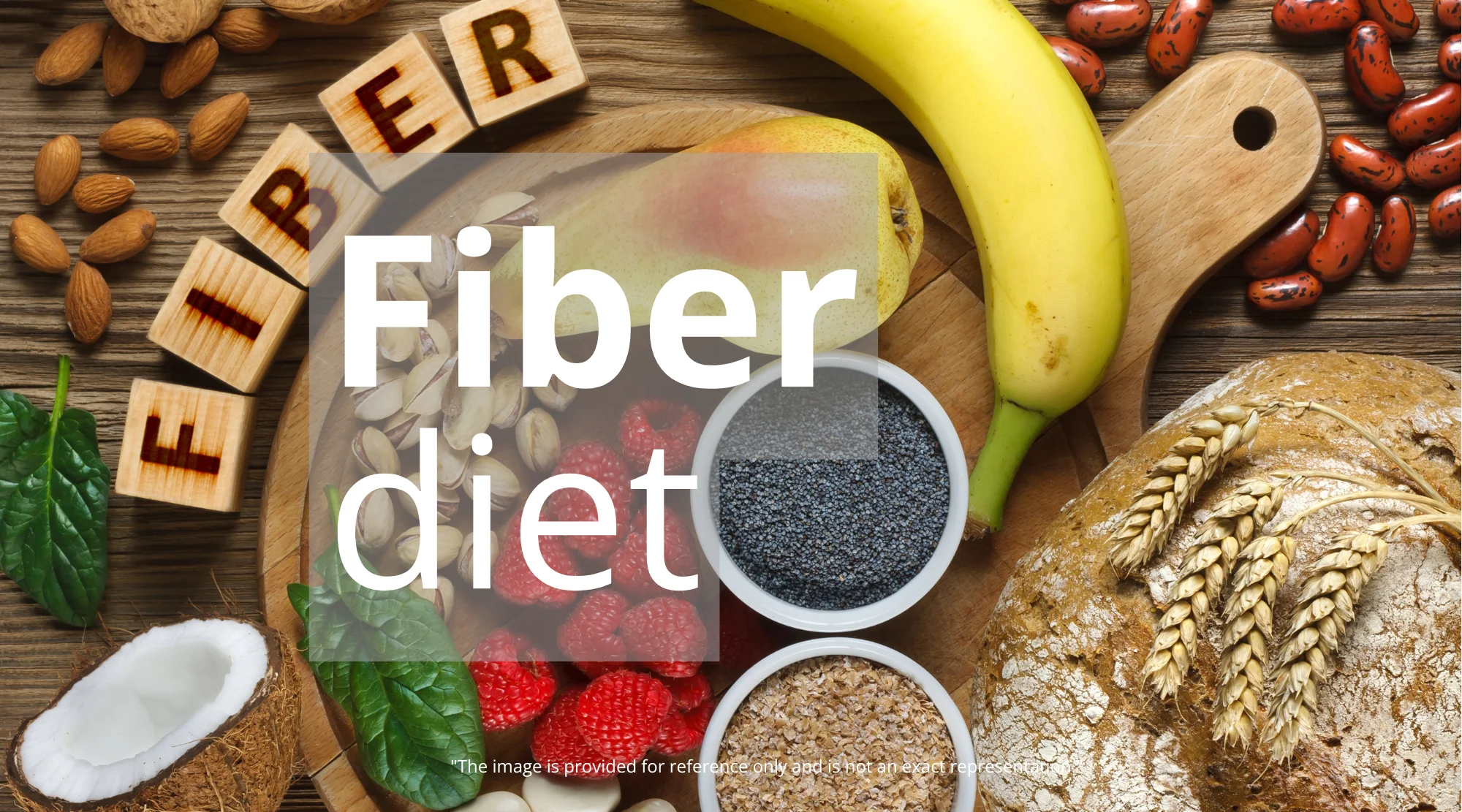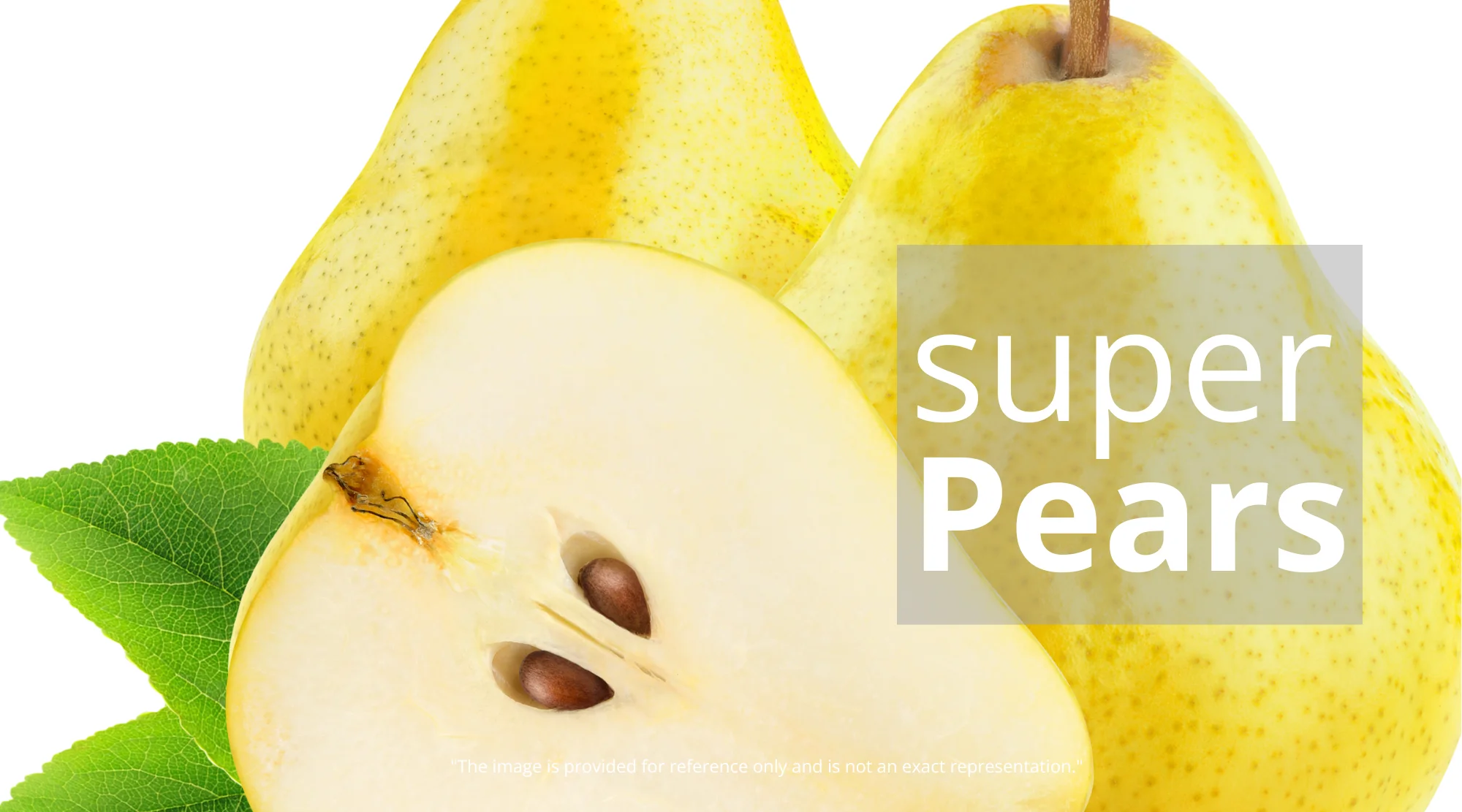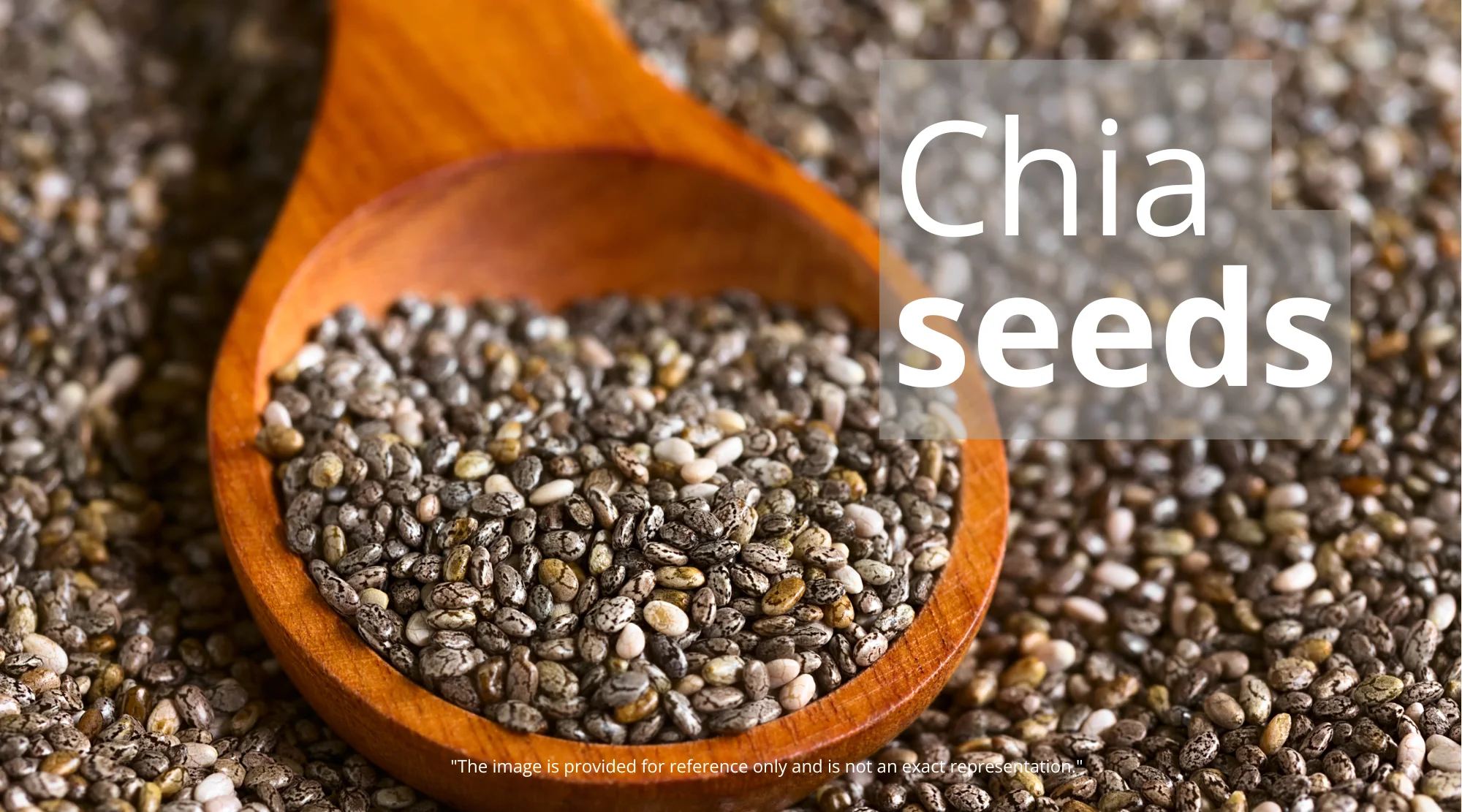The Fiber Revolution: Unpacking the Gut-Health Benefits of Different Fibers
The world of nutrition is in constant flux, with new research frequently reshaping our understanding of how food impacts our health. One of the most significant revolutions in recent years revolves around the humble, yet mighty, dietary fiber. No longer just a buzzword, fiber is being recognized as a critical component in maintaining optimal health. This article delves into the latest findings, inspired by a recent study, highlighting the importance of fiber and exploring the nuances of different fiber types, particularly their impact on weight management and overall well-being.
Fiber’s significance has been underlined by the fact that less than 5% of Americans meet the recommended daily intake, a stark reality that underscores the need for better dietary choices and education. This article aims to provide valuable insights into the complex world of fiber, empowering readers to make informed decisions for a healthier lifestyle.
The Fiber Spectrum: Understanding the Diversity of Dietary Fiber
Fiber, often associated with aiding digestion, is far more complex than most people realize. It’s not a single entity but rather a diverse group of carbohydrates that the human body cannot digest. This characteristic is, in fact, the secret to its myriad health benefits. Fiber is categorized broadly into two types: soluble and insoluble. Soluble fiber dissolves in water, forming a gel-like substance in the digestive tract. Insoluble fiber, on the other hand, does not dissolve and adds bulk to the stool.
The sources of fiber are also quite diverse, ranging from fruits and vegetables to grains and legumes. Each source offers a unique blend of fiber types, contributing to different effects within the body. For instance, oats and barley are rich in beta-glucan, a soluble fiber known for its ability to lower cholesterol levels. Other examples include cellulose, a type of insoluble fiber found in the cell walls of plants, and resistant starch, which is present in unripe bananas and certain grains. The specific impact of each fiber type can vary significantly, and this is where the latest research offers crucial insights.
The Beta-Glucan Advantage: Fiber’s Impact on Weight and Health
The spotlight in recent research has landed firmly on a specific type of soluble fiber: beta-glucan. This compound, abundant in oats and barley, has demonstrated remarkable effects in studies involving mice. The study, which served as the inspiration for this article, revealed that beta-glucan consumption was associated with reduced body weight and body fat content in mice fed a high-fat diet. Furthermore, the research highlighted that not all types of fiber have the same effect. While other fibers were tested, only beta-glucan showed significant positive changes.
This is not the only study to highlight the benefits of beta-glucan. Another study, feeding barley flour rich in beta-glucan to rodents, demonstrated increased energy expenditure and weight loss. The consistency of these results reinforces the significance of beta-glucan in the context of weight management. These findings suggest that incorporating beta-glucan into the diet can potentially assist with weight loss.

This research adds to the body of knowledge surrounding fiber’s role in health and well-being. It provides valuable information, not just for consumers, but also for the agricultural industry.
Beyond Weight Loss: The Gut-Health Connection
The benefits of beta-glucan extend beyond mere weight loss. The study also unveiled interesting interactions between fiber and the gut microbiome, the complex ecosystem of bacteria residing in the digestive tract. Beta-glucan was shown to increase the population of a specific bacterium, Ileibacterium, in the mouse intestine. Other studies have linked this bacterium to weight loss, offering a potential mechanism for beta-glucan’s effects.
Furthermore, the researchers discovered that mice fed beta-glucan showed increased concentrations of butyrate in their guts. Butyrate is a short-chain fatty acid produced when gut microbes break down fiber. This is a key factor in many of fiber’s benefits. Butyrate induces the release of glucagon-like peptide-1 (GLP-1), a natural protein that plays a significant role in regulating appetite and body weight. External Link 1: Mayo Clinic – Fiber: How to Increase Fiber in Your Diet
The implications of these findings are substantial. They suggest that the benefits of fiber are not limited to the gut itself but also extend to hormonal regulation, influencing appetite and metabolic function. It’s thought that butyrate can do other beneficial things, such as improving gut barrier health and targeting peripheral organs like the liver.
Choosing the Right Fiber: A Practical Guide
The research highlights the importance of selecting the right type of fiber to reap the maximum benefits. While all fiber is beneficial, the specific advantages can vary based on the source and type. Understanding the differences between various fibers can empower individuals to make informed dietary choices.
The first step is to prioritize whole, unprocessed foods. Incorporating fruits, vegetables, whole grains, and legumes into the diet is a great way to get fiber. Good sources of beta-glucan include oats, barley, mushrooms, and seaweed. It is worth noting that not all fiber supplements are created equal. Consumers should carefully research the source and type of fiber in supplements.
Furthermore, it’s crucial to gradually increase fiber intake. Suddenly increasing the amount of fiber in the diet can cause digestive discomfort. To ensure tolerance, it is best to start slowly and increase intake over time. Internal Link: Muscle Loss: Spot the Signs & Regain Strength for a Healthier You This will help avoid bloating, gas, and other side effects. Adequate hydration is also essential for optimal fiber digestion. Fiber absorbs water, so drinking plenty of fluids will keep the digestive system functioning smoothly.
Fiber and Your Overall Well-being: Making it a Habit
Incorporating fiber into the diet is an investment in overall health. Beyond its role in weight management, fiber supports gut health, reduces the risk of chronic diseases, and contributes to a feeling of fullness, aiding in appetite control. It is a simple way to promote vitality and well-being.
Fiber-rich diets have been linked to lower risks of heart disease, type 2 diabetes, and certain cancers. By improving digestive health and promoting a healthy gut microbiome, fiber supports a strong immune system and reduces inflammation throughout the body. Fiber also helps regulate blood sugar levels, contributing to stable energy levels and reduced sugar cravings.
Fiber is not just about what it does, but how it does it. It’s the key to good health.
The Future of Fiber Research
While the research on fiber and gut health continues to evolve, it is clear that this is a rapidly developing field. Ongoing studies will focus on further exploring the different types of fiber, the mechanisms through which they work, and the specific populations that might benefit most. Scientists are also investigating the potential of fiber in preventing and treating various diseases.
Future research may reveal new sources of beneficial fibers and novel ways to incorporate them into our diets. The more we know, the better we can tailor our diets for optimum health.
Conclusion: Embrace the Fiber Revolution for a Healthier Tomorrow
The fiber revolution is not just about adding fiber to your diet; it’s about understanding the power of this versatile nutrient and making informed choices to optimize your health. The latest research has underscored the critical role that fiber plays in maintaining a healthy weight, supporting gut health, and reducing the risk of chronic diseases.
By embracing a diet rich in diverse sources of fiber, especially beta-glucan-rich foods like oats and barley, individuals can harness the power of nature to enhance their health. Remember, a holistic approach to nutrition is key, and fiber is an indispensable piece of the puzzle. Start today by increasing your fiber intake gradually and making mindful choices that support a vibrant and fulfilling life. Consider the benefits of adding fiber to your routine and see how it transforms your health. If you want to learn more about other important components of well-being, be sure to check out our other articles. Internal Link: Unlock Your Youth: Top Foods for Naturally Radiant Skin & Energy














4 comments